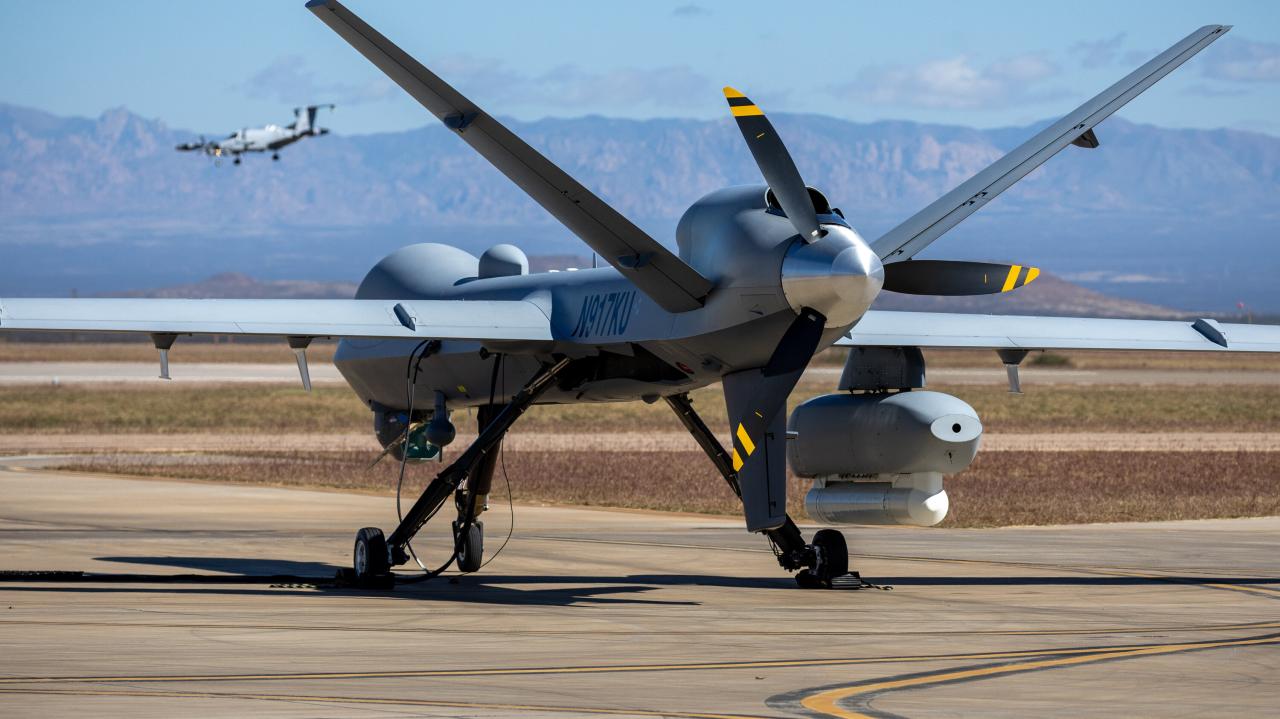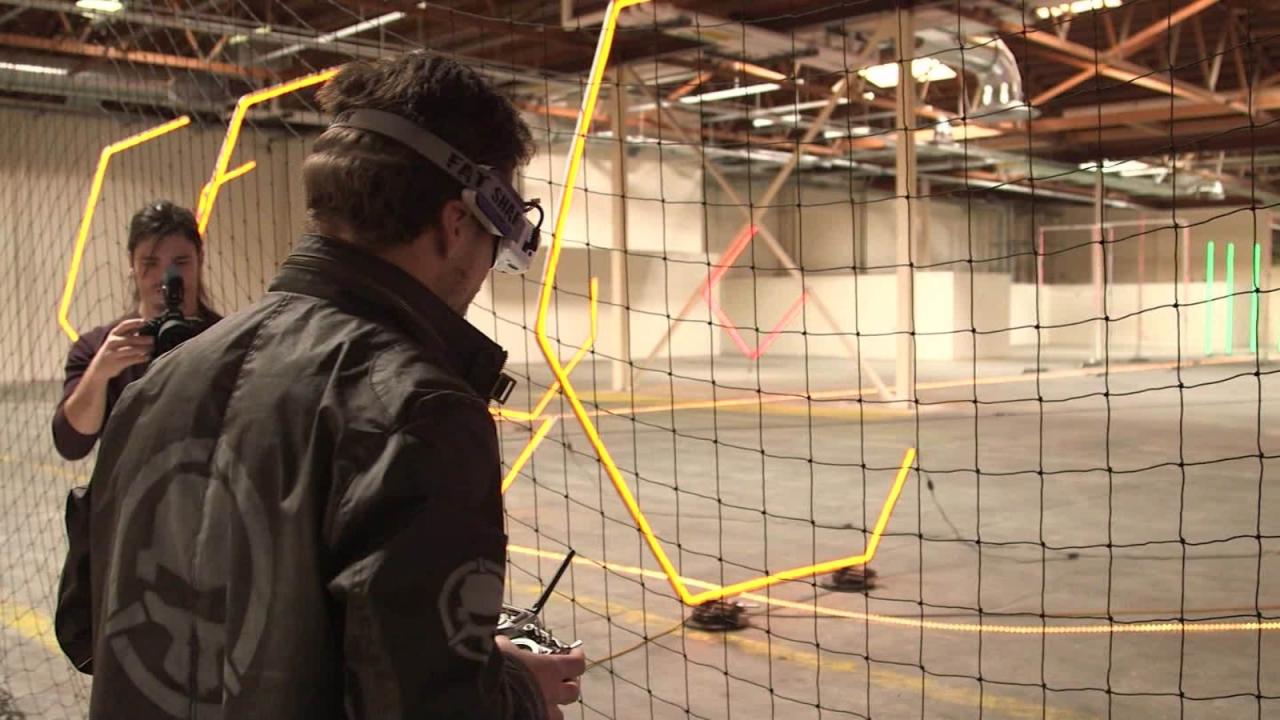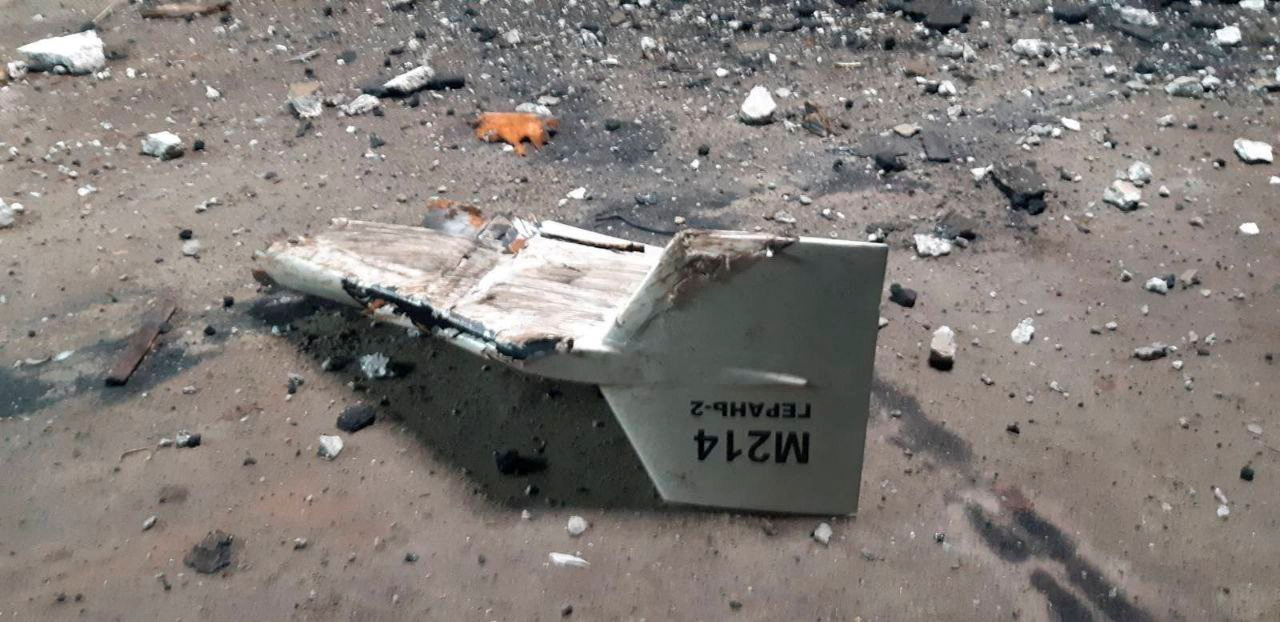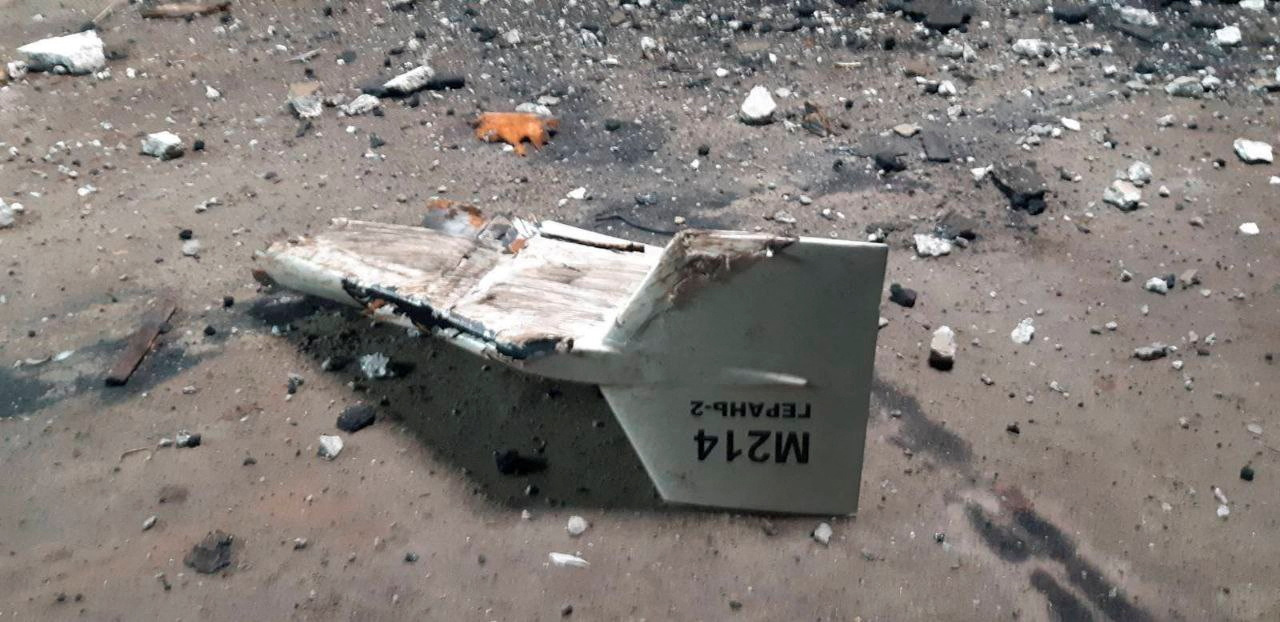Drone shot down in NJ: This incident unfolds as a compelling narrative, blending legal intricacies, public safety concerns, and technological advancements. The unexpected downing of a drone in New Jersey raises questions about airspace regulations, the capabilities of drone detection systems, and the potential ramifications for both drone operators and those involved in its interception. We delve into the specifics of the event, examining the circumstances surrounding the incident, the legal framework governing drone usage, and the broader societal impact of this event.
This detailed analysis explores the timeline of events, the type of drone involved, and the actions taken by the authorities. Furthermore, we investigate the legal implications for all parties involved, the potential risks to public safety, and the technological aspects of drone detection and neutralization. The public reaction and the potential for future policy changes will also be examined.
Drone Shot Down in New Jersey: A Comprehensive Analysis: Drone Shot Down In Nj
The recent incident involving a drone shot down in New Jersey has sparked significant discussion regarding drone regulations, public safety, and technological advancements. This analysis delves into the specifics of the event, examining its legal, technological, and societal implications.
Incident Details

While precise details may vary pending official investigations, a preliminary account suggests the following timeline. The drone, reportedly a DJI Mavic 3, was observed flying near a sensitive location, possibly a military installation or critical infrastructure, around 2:00 PM on [Date]. The exact coordinates remain undisclosed for security reasons. The drone, described as a medium-sized quadcopter with distinctive white and grey coloring, was reportedly flying erratically and at a concerning altitude.
The drone was subsequently neutralized by [Agency/Individual responsible – e.g., law enforcement, a private security firm, or a civilian]. The circumstances leading to the drone being shot down likely involved concerns about potential surveillance, security breaches, or airspace violations. Further investigation is underway to determine the owner and intent behind the drone’s operation.
News reports of a drone shot down in New Jersey have raised concerns about unauthorized aerial surveillance. The incident highlights the increasing prevalence of drones, particularly those equipped with cameras, like the models showcased on this informative website: drone with camera. Understanding the capabilities of such devices is crucial for addressing safety and security issues surrounding drone use, especially in light of the recent New Jersey incident.
Legal and Regulatory Aspects
The legal framework surrounding drone operation in New Jersey is complex, involving federal regulations (FAA), state laws, and potentially local ordinances. The incident raises questions about the legality of shooting down a drone, especially considering potential damage or injury. Existing regulations generally require drone registration, adherence to airspace restrictions, and responsible operation. The actions taken to neutralize the drone must be assessed against these regulations and relevant legal precedents, which could involve considerations of self-defense, property protection, or public safety.
Potential legal ramifications for those involved could range from fines and administrative penalties to criminal charges, depending on the circumstances and the outcome of investigations. A hypothetical scenario could involve a lawsuit against the party who shot down the drone if it can be proven that the action was unlawful or caused unnecessary damage.
Public Safety Implications, Drone shot down in nj

Unauthorized drones pose significant public safety risks. They can interfere with air traffic, potentially causing accidents; be used for illicit activities such as smuggling or surveillance; and even be weaponized. Similar incidents have highlighted these dangers. For example, the [Example of a similar incident] resulted in [consequences of that incident]. To mitigate future risks, measures like enhanced drone detection systems, stricter registration and licensing requirements, and public awareness campaigns are crucial.
The following table compares some drone detection and mitigation technologies:
| Technology | Detection Method | Mitigation Method | Limitations |
|---|---|---|---|
| Radar | Detects drone’s radar signature | Provides location data for interception | Can be affected by weather |
| Optical Sensors | Visually identifies drones | Provides targeting information | Limited range and visibility |
| RF Jammers | Disrupts drone’s communication | Forces drone to land | Potential for unintended consequences |
| Net Guns | Physically captures the drone | Neutralizes the drone | Requires precise aiming |
Recommendations for improving drone safety regulations include establishing clear no-fly zones near critical infrastructure, increasing penalties for violating regulations, and investing in advanced drone detection and interception technologies.
Technological Aspects

The technology used to detect and neutralize the drone in this incident is likely to have involved a combination of visual observation and possibly radio frequency (RF) detection or jamming. Different drone detection methods include radar, optical sensors, acoustic sensors, and RF signal detection. Interception methods range from physical capture using nets to jamming signals to disrupt the drone’s control.
The capabilities and limitations of these technologies vary depending on factors such as range, accuracy, and environmental conditions. Technological advancements such as AI-powered drone identification systems and improved jamming techniques could enhance drone safety. A hypothetical improved drone tracking and identification system could integrate various sensor data, utilize machine learning for anomaly detection, and provide real-time alerts to authorities.
Societal Impact and Public Opinion
Public reaction to the drone incident has been mixed. Residents near the incident site may have expressed concerns about safety and privacy, while others may support stricter regulations. Officials might emphasize the need for stronger security measures, while experts may debate the effectiveness of different technologies. Social media and news reports have likely reflected this diversity of opinions.
Viewpoints vary on the balance between the benefits of drone technology and the need to ensure public safety. This incident could influence future drone regulations by prompting calls for more stringent rules and increased oversight. It could also affect public perception of drones, potentially increasing anxieties about privacy and security.
Illustrative Examples
Imagine the scene: a clear afternoon, with a few scattered clouds. The drone, a relatively small, grey and white quadcopter, is visible against the backdrop of [Description of surrounding buildings/terrain – e.g., suburban homes, a wooded area]. The drone itself appears relatively undamaged before the incident, but the aftermath shows [Description of damage – e.g., broken propellers, minor chassis damage].
A witness might describe hearing a loud buzzing sound followed by a sudden thud and the drone falling to the ground. The drone’s flight path prior to the incident might have involved a trajectory that took it close to restricted airspace, leading to the intervention.
The drone shot down in NJ serves as a potent reminder of the evolving complexities surrounding unmanned aerial vehicles and their integration into our airspace. This incident highlights the need for clear regulations, advanced detection technologies, and a public discourse that balances innovation with safety. The legal, technological, and societal implications of this event necessitate a comprehensive approach to ensure responsible drone operation and prevent future incidents.
A deeper understanding of these issues is crucial for shaping effective policies and fostering public trust in this rapidly developing field.
Essential Questionnaire
What type of drone was shot down?
Further investigation is needed to determine the specific make and model of the drone.
Who shot down the drone?
The agency or individual responsible for shooting down the drone has yet to be officially identified.
News reports detail the recent drone incident in New Jersey, sparking discussions about airspace security. Interestingly, photographers covering the event might find the compact yet powerful fujifilm x100v ideal for capturing detailed images from a safe distance. The resulting photographs could offer a unique perspective on the aftermath of the drone takedown in NJ, potentially providing valuable visual evidence.
What were the immediate consequences of the incident?
The immediate consequences included disruption to local airspace and an investigation into the incident.
What is the current status of the investigation?
The investigation is ongoing, and details are likely to emerge as the process continues.
